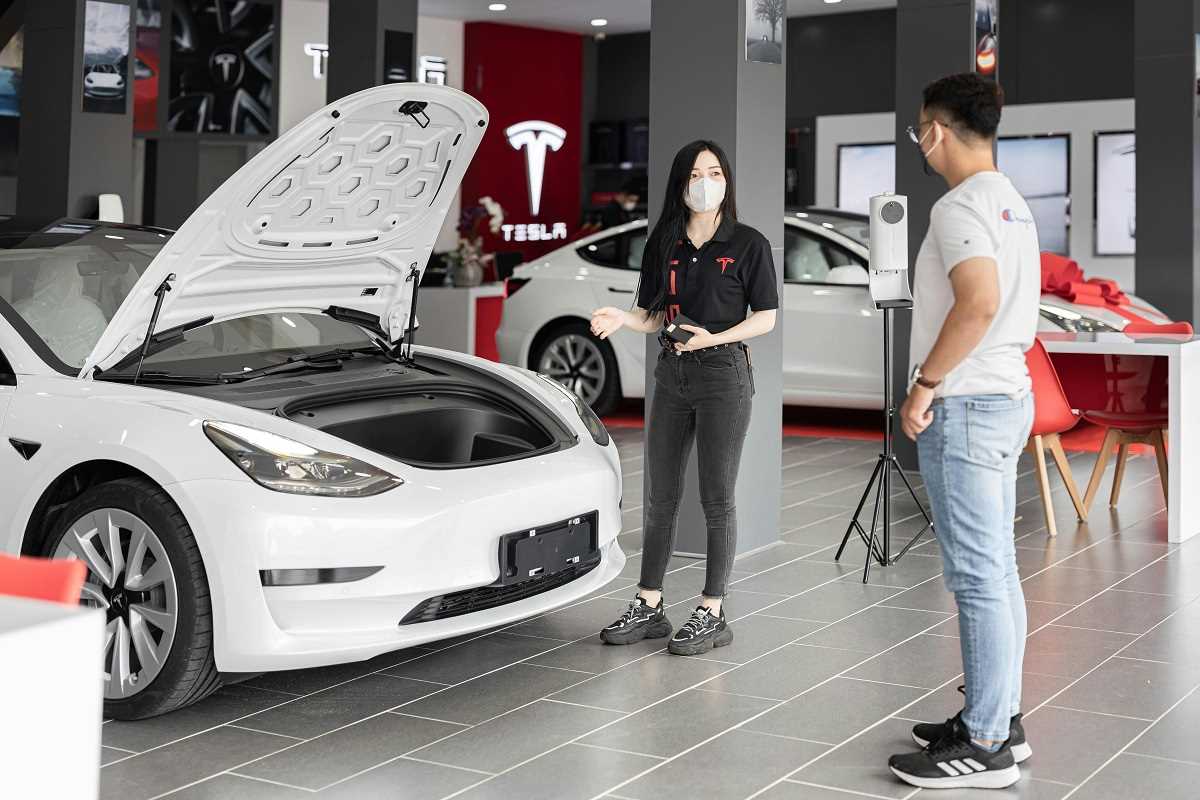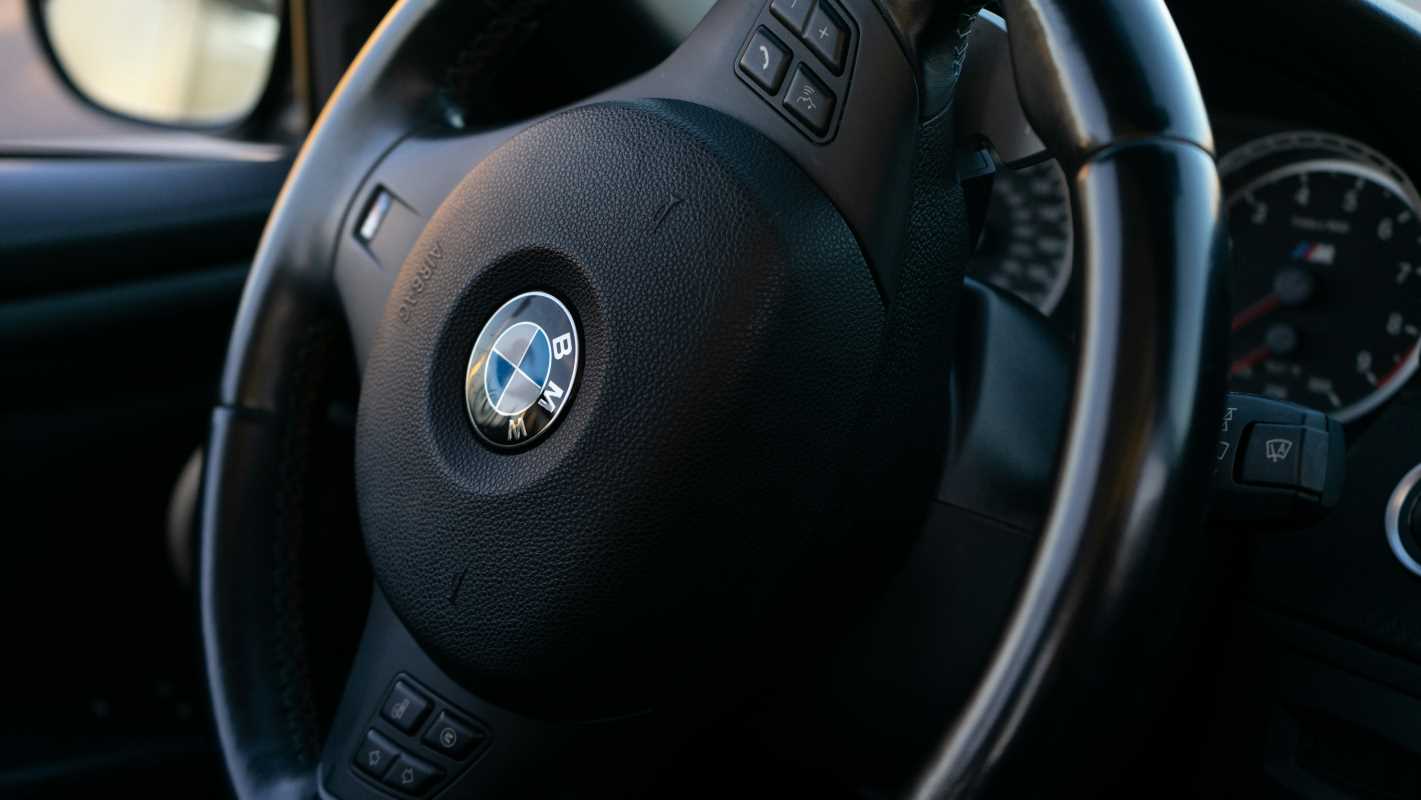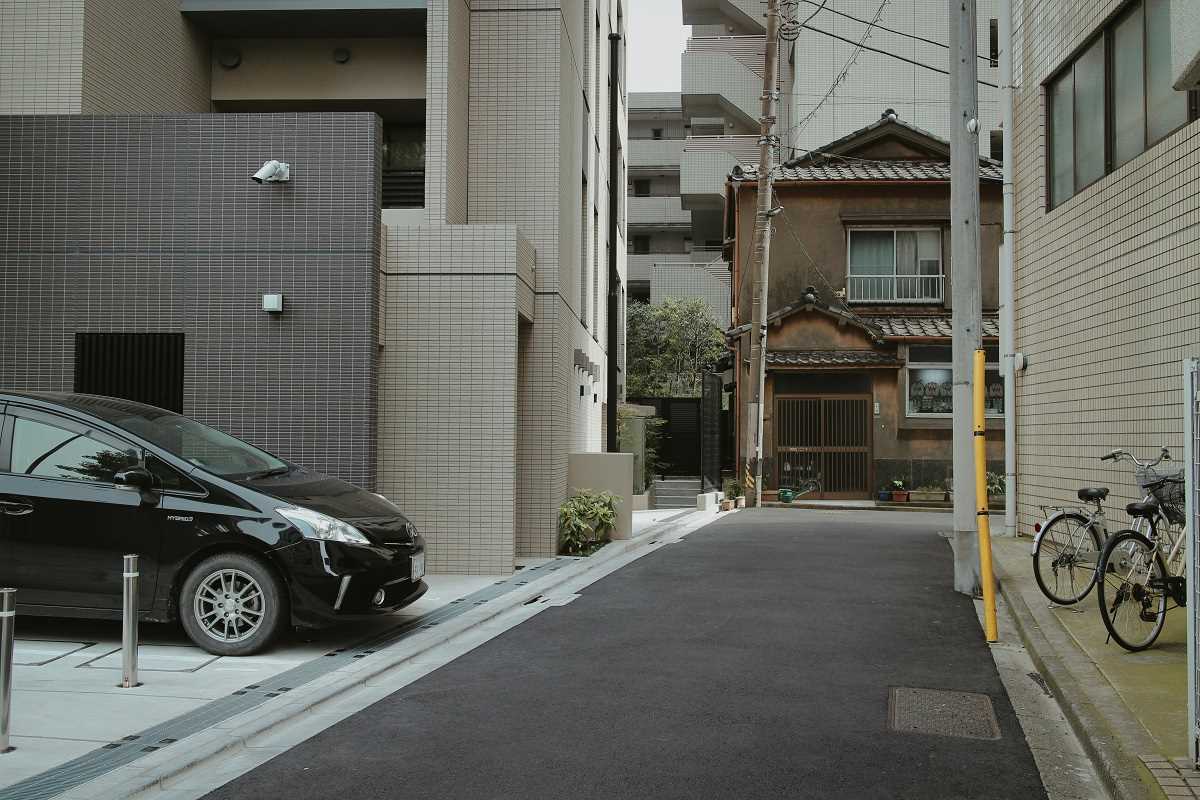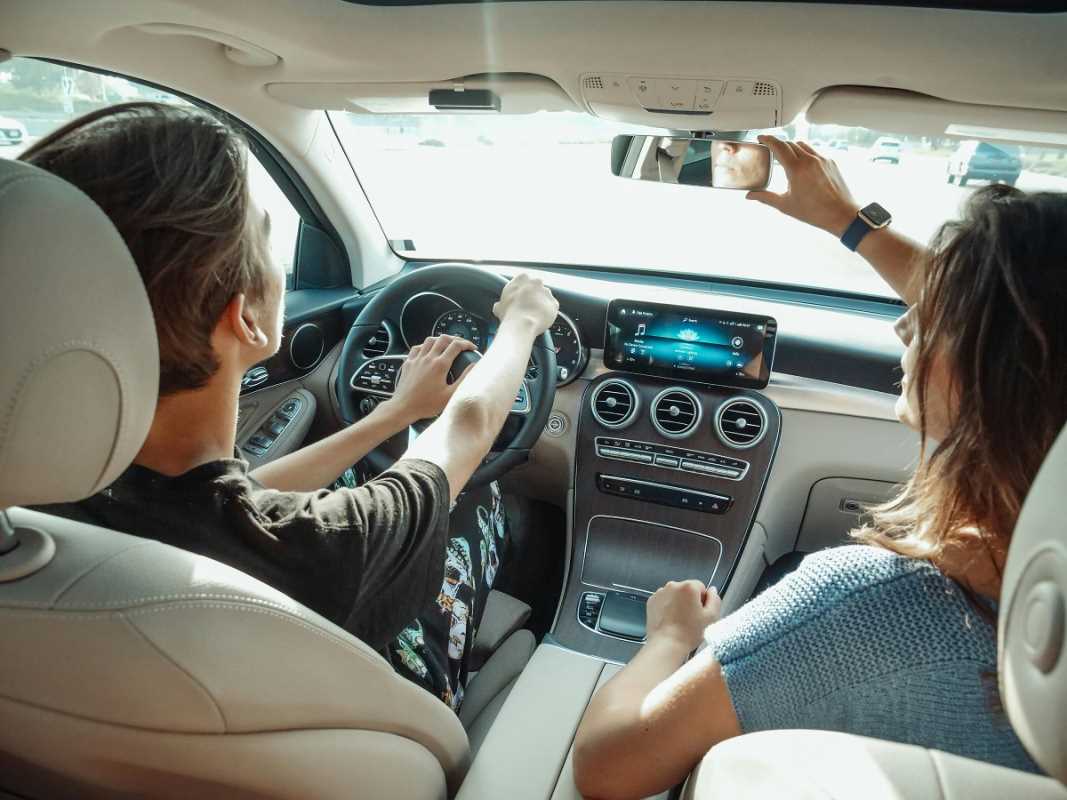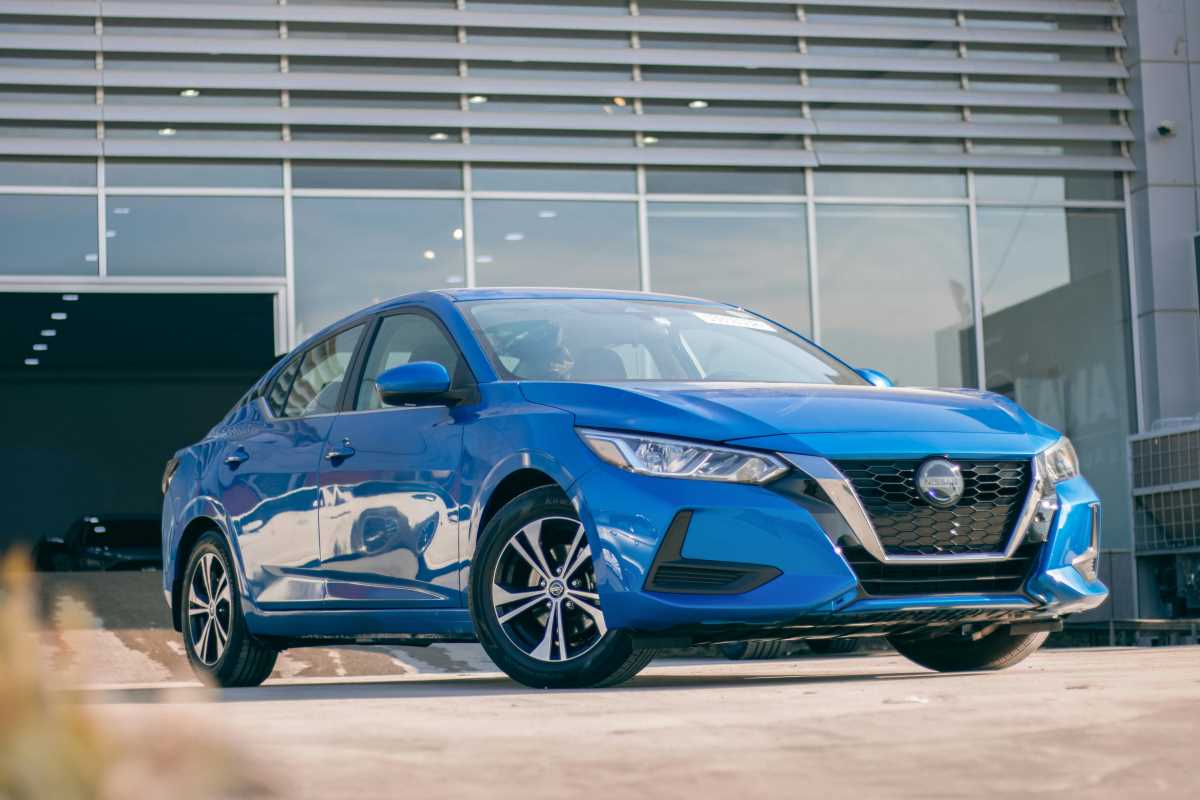Gone are the days when seatbelts and airbags were the ultimate in car safety features. Over the years, advancements in technology have transformed the way we think about car safety. Today, vehicles are loaded with innovations designed to protect drivers, passengers, and even pedestrians. From smart systems that predict accidents before they happen to designs that make crashes less severe, modern cars are smarter and safer than ever. If you’re someone who cares about staying ahead of the curve, understanding these innovations is crucial—not only to keep you safe but to help you make the best decisions when it’s time to shop for your next ride.
Advanced Driver Assistance Systems (ADAS)
One of the biggest categories in today’s safety tech is Advanced Driver Assistance Systems, better known as ADAS. These systems use a mix of sensors, cameras, and radar to actively monitor your car’s surroundings and help prevent accidents. Think of them as your virtual co-pilot, always keeping an extra eye on the road.
Take adaptive cruise control, for example. Unlike traditional cruise control, this system automatically adjusts your speed to maintain a safe following distance from the car ahead. Another must-have is lane-keeping assistance, which gently steers you back into your lane if you start to drift. And for those nail-biting moments when traffic suddenly stops, automatic emergency braking kicks in to help avoid or reduce the impact of a collision.
By reducing human error, ADAS features are making roads safer for everyone. Best of all, these systems are now found on many cars, from high-end models to budget-friendly options.
Blind-Spot Monitoring and Cross-Traffic Alerts
For decades, blind spots have been a constant frustration for drivers. Whether you’re merging on a highway or simply changing lanes, that pesky area you can’t fully see can be a recipe for disaster. Enter blind-spot monitoring, a game-changer that uses sensors to detect vehicles in those hard-to-see areas. It even provides audio or visual alerts to warn you before making a move that could lead to a crash.
Back-up cross-traffic alerts are another incredible innovation, especially for crowded parking lots. This system scans the area behind your car while you’re reversing, warning you about approaching vehicles or pedestrians that might otherwise go unnoticed. Together, these features offer an extra layer of protection and peace of mind during tricky maneuvers.
Automatic Emergency Steering
While emergency braking systems are now almost standard in new vehicles, automakers have recently taken things one step further with automatic emergency steering. This feature helps you avoid obstacles by actively steering your car out of harm’s way. For instance, if a pedestrian steps into your path or a car suddenly stops in front of you, the system can steer to avoid a collision while keeping the vehicle under control.
This technology is particularly useful in situations where braking alone might not be enough to prevent an accident. By combining emergency braking with precise steering, drivers have more tools than ever to avoid potentially dangerous scenarios.
Night Vision and Pedestrian Detection
Driving at night has always been a challenge, especially on poorly lit roads. Traditional headlights only do so much, but modern cars equipped with night vision technology are changing the game. By using infrared cameras, these systems allow drivers to see beyond the reach of their headlights, detecting objects, animals, and pedestrians in complete darkness.
Pedestrian detection features also pair well with night driving. Using sensors and cameras, these systems can identify people walking near the car and warn the driver or even activate emergency braking if needed. This cutting-edge combination of night vision and pedestrian detection greatly reduces risks when visibility is limited, offering priceless safety benefits for both drivers and those on foot.
Enhanced Airbag Systems
Airbags have been a staple in vehicle safety for decades, but modern systems have raised the bar significantly. Today’s airbags are more than just front and side cushions; they’re customizable and smarter than ever. For instance, advanced systems adjust the force of deployment based on factors like the severity of the crash, the speed of the vehicle, and even the weight of the passenger.
Some new cars have introduced innovative designs, such as seat belt airbags that deploy across a passenger’s chest for added protection. Others have added knee airbags and rear-seat airbags to protect all occupants in a collision. These advancements ensure that airbags are more effective than ever at minimizing injuries.
Vehicle-to-Vehicle Communication (V2V)
One of the most exciting developments in car safety is vehicle-to-vehicle communication, or V2V. This futuristic-sounding technology allows cars to “talk” to each other by sharing information about their speed, position, and direction. When cars are connected in this way, they can warn each other about potential hazards, like sudden braking or icy roads, long before the driver is aware.
Though V2V is still in its early stages, it’s seen as a key stepping stone toward the future of self-driving cars. By creating a network of cars that work together to reduce accidents, this innovation has the potential to transform road safety as we know it.
Driver Monitoring Systems
While technology has made cars smarter than ever, drivers themselves are still a critical part of the equation. Driver monitoring systems are designed to ensure that the person behind the wheel stays alert and focused. These systems typically use cameras or sensors to track the driver’s eyes and head movements. If you’re looking away from the road for too long or showing signs of drowsiness, the system will provide audio or visual alerts.
With distracted driving being a leading cause of accidents, these monitoring systems act as a much-needed safety net. Whether you’re battling fatigue or trying to curb the temptation of glancing at your phone, driver monitoring is like a built-in accountability partner for safer driving.
By combining high-tech solutions with human intuition, these innovations are paving the way for safer roads and smarter driving experiences.

